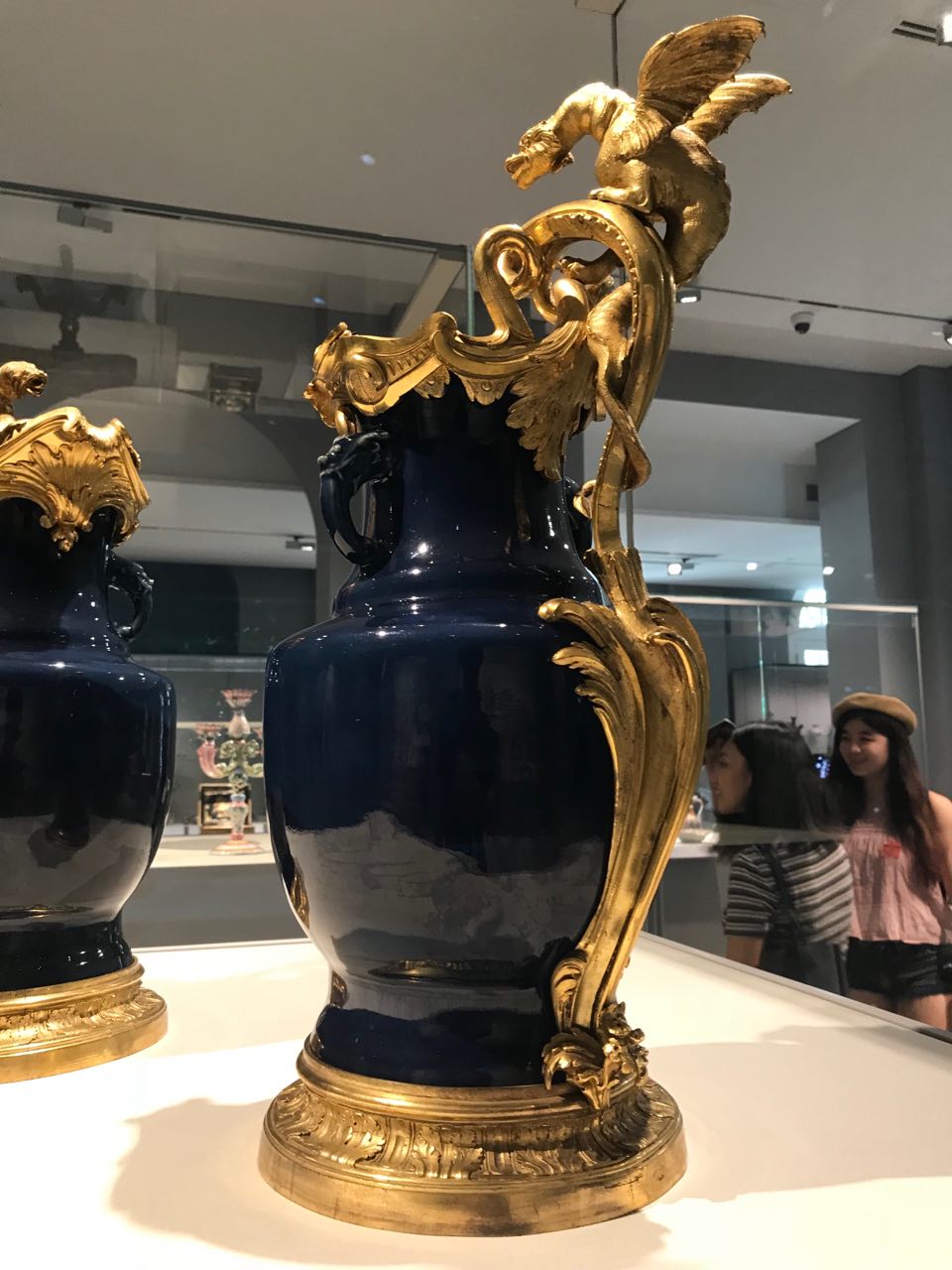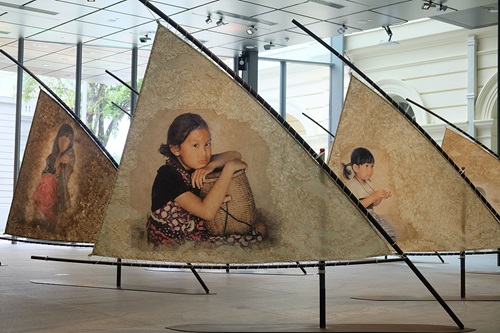I have learned a lot more about blue-and-white wares, and have become more aware of the way museums are run, over the course of this project. First of all, thinking about how museums artifacts can be arranged gave me insight into how artifacts don’t really stand alone – artifacts usually have some form of connection to each other, either across time or through cultural interactions. Because this was a gradual realization, it was especially difficult to decide on our four objects and how they might be related. What if we had chosen some objects that just could not be related to each other? We decided to play it safe by choosing 4 blue-and-white wares because they were already similar in style.
It got challenging when we were trying to figure out what was expected of us. At first, I thought that we were going to create a room with the four artifacts we had chosen but then we were told to relate our objects to the blue-and-white room at the ACM. It was a challenge because the objects we had chosen were 4 unique blue-and-white wares and we wanted to focus on their uniqueness from the rest. That was my mistake because then it belittles the other blue-and-white wares in the exhibit (again, I thought that we only had to worry about our 4 objects). The blue-and-white wares in the ACM all have a story to tell and it would be foolish to attempt that through 4 very different blue-and-white wares. Through our observations, we realized that our objects all had influences from different parts of the world, which got us thinking about how cultures mixed around in the past. It just so happened that secondary school students have a topic on globalization in their syllabus of Social Studies, which gave us a target audience to set on.
From there we faced our 2nd challenge – engaging secondary school students. As much as it is a stereotype, most secondary school students would have no interest in museums if not for being a field trip location. What we hoped to achieve was to ‘wow’ them with stunning illustrations and visuals with minimal text-based information to distance ourselves from school textbooks.
The 3rd challenge was mainly for me. I’m bad with design. I would not trust myself with it. Furthermore, I did not have the software to do it so I had to use the school computers when there were no ongoing classes. It was an entirely tedious process for me. Still, eventually, it was completed. I appreciate what museums do with their brochures more now, especially the somewhat recent Angkor Wat/Cambodia exhibit’s booklet. There were many entertaining and interactive activities that must have taken a lot of talent and hard work.

